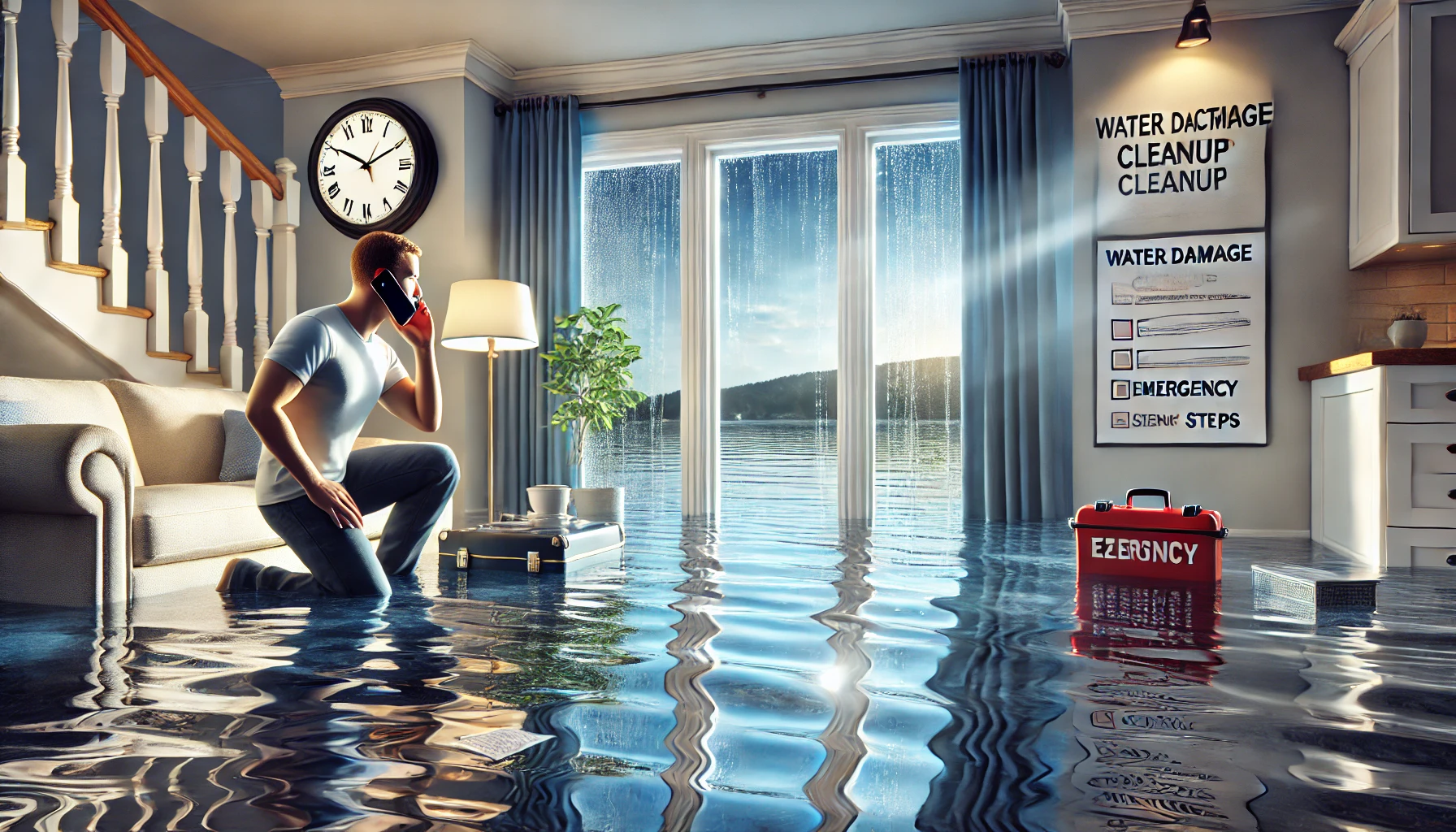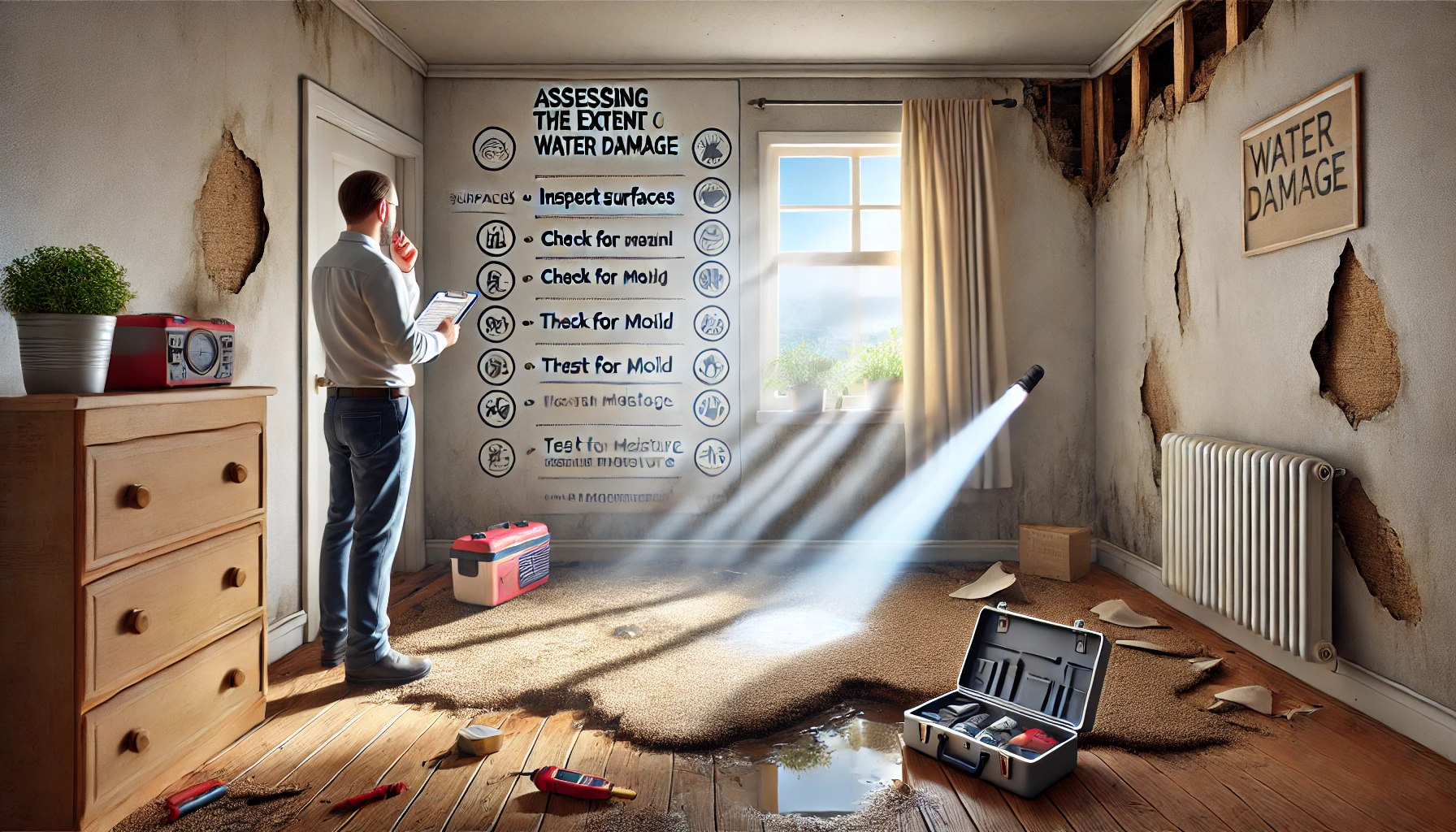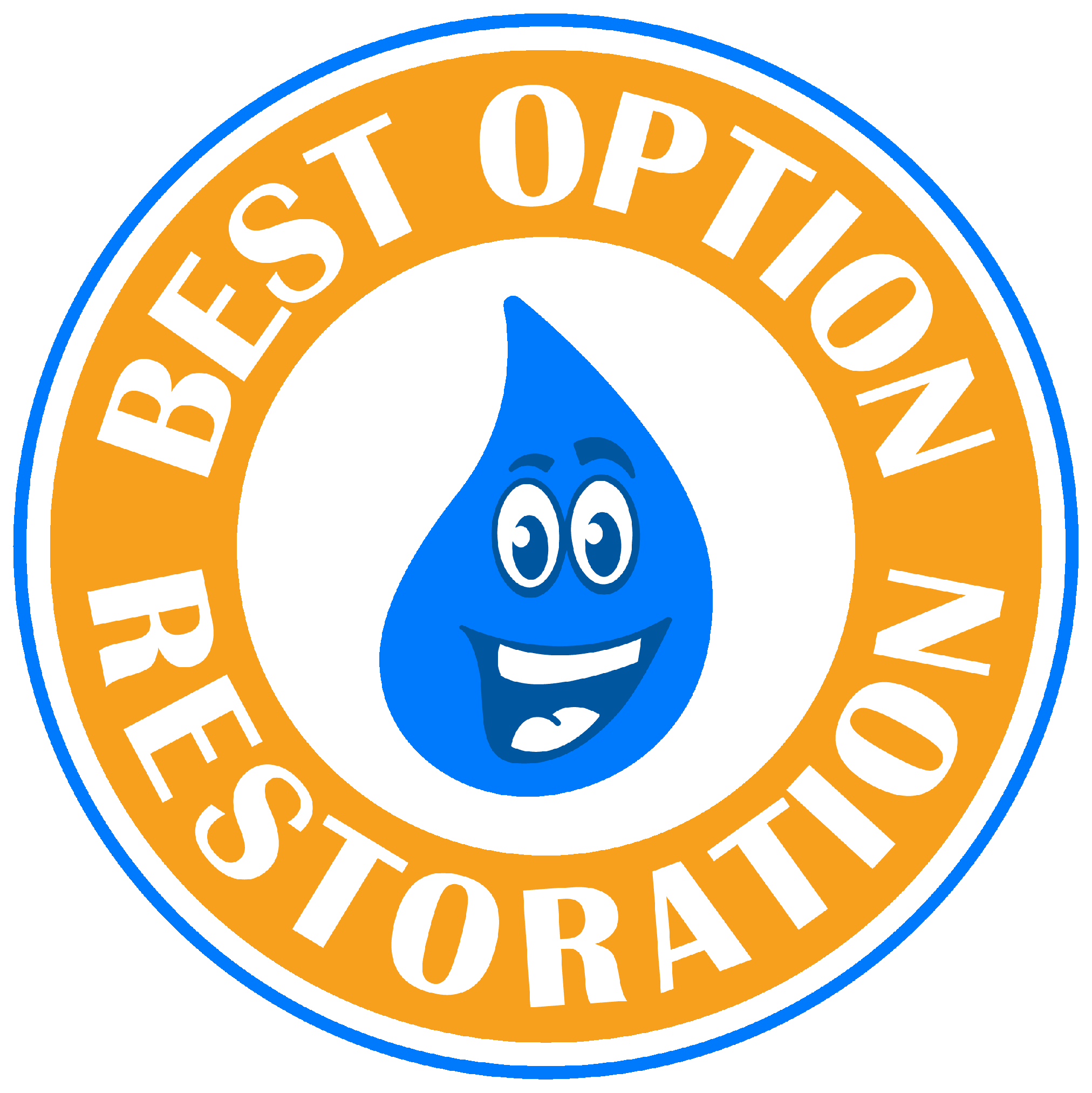Expert Tips for Fast and Effective Water Damage Cleanup in Medicine Lake
"Expert Tips for Fast and Effective Water Damage Cleanup in Medicine Lake" provides homeowners with essential advice on how to swiftly and efficiently address water damage. Whether caused by a flood, burst pipe, or heavy rainfall, this guide offers step-by-step strategies from professionals on minimizing damage, ensuring safety, and restoring your property. It covers essential tools, techniques, and tips for drying, cleaning, and repairing affected areas while preventing mold growth and further structural issues. With expert recommendations, you’ll be equipped to tackle water damage quickly and effectively, ensuring your home is restored to its best condition.
Table of Content:
- Introduction: Why Quick Action is Crucial for Water Damage Cleanup in Medicine Lake
- Assessing the Extent of Water Damage: A Step-by-Step Guide
- Safety First: What to Do Before Starting Water Damage Cleanup
- Essential Tools for Fast Water Damage Cleanup
- How to Stop the Water Source and Prevent Further Damage
- Effective Drying Techniques to Minimize Water Damage
- Cleaning and Sanitizing Affected Areas: Expert Advice
- How to Prevent Mold Growth After Water Damage
- When to Call a Professional for Water Damage Restoration
- Conclusion: Ensuring Long-Term Protection Against Water Damage in Medicine Lake

Introduction: Why Quick Action is Crucial for Water Damage Cleanup in Medicine Lake
When water damage strikes your Medicine Lake home, time is of the essence. Expert tips for fast and effective water damage cleanup can save you from costly repairs and the possibility of long-term structural damage. Water can quickly wreak havoc, compromising the integrity of your home’s foundation, walls, flooring, and belongings.
Whether caused by a flooded basement, a burst pipe, or a heavy storm, fast action is crucial to minimize the damage. The longer water sits, the more damage it can do. It can seep into wood, drywall, insulation, and electrical systems, creating a perfect environment for mold growth.
In this article, we'll explore expert advice on how to quickly clean up water damage in Medicine Lake and restore your home to its former condition. With the right knowledge and resources, you can act swiftly and efficiently.

Assessing the Extent of Water Damage: A Step-by-Step Guide
Before you can begin the cleanup process, it’s essential to assess the extent of the water damage. Understanding the severity of the situation will help you determine the next steps.
1. Identify the Water Source
The first step is to figure out where the water is coming from. Is it from a broken pipe, a leaky roof, or flooding caused by a storm? Stopping the water flow is critical to preventing further damage.
For instance, during a heavy storm, the water might be seeping through windows, doors, or leaks in the roof. If the issue is from an internal plumbing problem, shutting off your water supply is crucial to stop the damage from spreading.
2. Inspect the Affected Areas
Once the water source is under control, begin inspecting the areas affected by the flood. Focus on areas that may be hidden behind furniture, under carpets, or in walls. Water often travels to hidden spaces, so make sure to check behind furniture, baseboards, and even in the attic if water could have traveled through the ceiling.
3. Assess Structural Damage
Look for signs of serious structural damage like warping of wood floors or peeling paint on walls. These signs indicate that the water has seeped deep into the materials and may require professional intervention.
If you notice any sagging ceilings or soft spots in the walls, it’s essential to call a professional water damage restoration service immediately.
Safety First: What to Do Before Starting Water Damage Cleanup
Before you begin any cleanup work, safety should always be your top priority.
1. Turn Off the Electricity
Water and electricity don’t mix well, so it’s vital to turn off the power in the affected area before starting the cleanup process. Water can create electrical hazards, especially if it has seeped into outlets or electrical systems.
2. Wear Protective Gear
Water damage cleanup can expose you to mold, bacteria, and other hazardous materials, so wearing protective gear is necessary. Rubber gloves, boots, and a mask will protect you from direct contact with contaminated water.
3. Ensure Proper Ventilation
If the water damage is extensive, ensure that the affected areas are well-ventilated. Open windows and use fans to allow fresh air to circulate and begin the drying process.
Essential Tools for Fast Water Damage Cleanup
To speed up the water damage cleanup process in Medicine Lake, you'll need the right tools.
1. Wet/Dry Vacuum
A wet/dry vacuum is one of the most effective tools for quickly removing standing water. These vacuums are designed to handle large amounts of water and can be used on carpets, floors, and furniture.
2. Dehumidifiers
Dehumidifiers are crucial for drying out the air and removing excess moisture from the environment. They help speed up the drying process by reducing the humidity levels in the room.
3. Fans
High-powered fans are excellent for increasing airflow and drying out wet areas. Position them around the room to create a crosswind that helps evaporate the moisture.
4. Mops and Towels
In addition to vacuums and fans, you’ll need mops and towels to absorb any remaining moisture after the initial cleanup.
5. Disinfectant Cleaning Products
After the water has been removed, it’s important to sanitize the affected areas. Mold and bacteria can grow quickly in damp environments, so disinfecting surfaces with an appropriate cleaner is essential.

How to Stop the Water Source and Prevent Further Damage
Stopping the water from coming in is one of the most important steps you can take to protect your home.
1. Shut Off the Water Supply
If the water is coming from an internal source like a broken pipe, locate your home’s main water shut-off valve and turn it off immediately. This can prevent further flooding and allow you to focus on cleanup without worrying about more water entering your home.
2. Seal Leaks Temporarily
If the leak is from a roof, window, or door, sealing it temporarily will help prevent more water from entering. Use plastic sheeting, tarps, or other waterproof materials to cover the area until permanent repairs can be made.
3. Remove Wet Belongings
Start by removing any wet belongings, such as furniture, carpets, and rugs. Not only does this protect your items, but it also allows you to focus on drying out the affected areas.
Effective Drying Techniques to Minimize Water Damage
The key to minimizing water damage in Medicine Lake is to dry out your home as quickly as possible.
1. Use a Combination of Tools
A combination of wet/dry vacuums, fans, and dehumidifiers is the most effective method for drying out your home. Start by using the vacuum to remove standing water, followed by setting up fans and dehumidifiers to pull moisture from the air and surfaces.
2. Remove Wet Materials
If carpets, furniture, or drywall are saturated, it’s often best to remove them entirely to prevent mold and mildew growth. The longer these materials stay wet, the higher the risk of mold development.
3. Use Heat Wisely
While it’s tempting to crank up the heat, excessive warmth can cause moisture to evaporate too quickly, leaving behind mold-friendly conditions. Keep temperatures at a steady, moderate level to allow the drying process to occur gradually.
Cleaning and Sanitizing Affected Areas: Expert Advice
Once your home is dry, it's time to begin cleaning and sanitizing the affected areas.
1. Use Non-Toxic Cleaning Solutions
Avoid using harsh chemicals that could damage surfaces or contribute to indoor air pollution. Instead, opt for natural disinfectants like vinegar, hydrogen peroxide, or specialized cleaning products designed for water damage cleanup.
2. Scrub Mold and Mildew
If you spot mold or mildew, use a mixture of water and vinegar or bleach to scrub it away. Be sure to wear protective gear and work in a well-ventilated area to avoid inhaling mold spores.
3. Dry Out Furniture and Fabrics
For upholstered furniture, use a steam cleaner to disinfect and remove moisture. If possible, place these items in a dry, sunny area to help them air out and dry completely.
How to Prevent Mold Growth After Water Damage
Mold is one of the most persistent and dangerous consequences of water damage. To prevent mold growth in your Medicine Lake home, follow these expert tips:
1. Act Quickly
Mold begins to grow within 24-48 hours of water exposure, so it’s essential to act quickly to dry out the affected areas and eliminate excess moisture.
2. Keep Humidity Low
Use dehumidifiers to maintain a humidity level below 60% in your home. This will make it harder for mold to thrive and grow in the damp environment.
3. Inspect Regularly
Even after you’ve cleaned up the water damage, continue to monitor affected areas for signs of mold. Regular inspections will help you catch any growth early before it spreads.

When to Call a Professional for Water Damage Restoration
While many homeowners can handle minor water damage cleanup, some situations require the expertise of a professional restoration service.
1. Extensive Damage
If the water damage is extensive, such as flooding that affects your home’s foundation or walls, it’s time to call in the experts. They have the specialized equipment and training to handle large-scale water damage restoration.
2. Persistent Mold Issues
If you notice persistent mold growth despite your best efforts, a professional mold remediation service is needed. They can identify hidden mold and remove it safely.
3. Structural Damage
If you find structural damage, such as weakened beams, compromised flooring, or sagging ceilings, a professional water damage restoration company can assess the situation and ensure your home is restored safely.
Conclusion: Ensuring Long-Term Protection Against Water Damage in Medicine Lake
Cleaning up water damage is a daunting task, but with expert tips for fast and effective water damage cleanup in Medicine Lake, you can protect your home and belongings from further harm. Acting quickly to assess the damage, stop the water source, and dry out your home is crucial to minimizing long-term damage.
By using the right tools, following safety precautions, and cleaning and sanitizing affected areas properly, you can restore your home to its original condition.
Finally, by taking steps to prevent mold growth and ensuring your home is protected against future water damage, you can enjoy peace of mind knowing your home is safe. Remember, when in doubt, call a professional to ensure that your cleanup efforts are effective and thorough.
Frequently Asked Questions (FAQs) About Water Damage Cleanup in Medicine Lake
What are the first steps for water damage cleanup in Medicine Lake?
The first step is to stop the source of water, whether it’s turning off the water supply or sealing leaks. Then, assess the extent of the damage, remove any wet belongings, and begin drying out the affected areas using fans and dehumidifiers.
How do I prevent mold growth after water damage?
To prevent mold growth, act quickly to dry out the affected areas within 24-48 hours. Use dehumidifiers, ensure proper ventilation, and clean surfaces with disinfectants. Regularly inspect areas prone to mold growth.
When should I call a professional for water damage restoration?
You should call a professional if the water damage is extensive, such as flooding that affects structural elements like the foundation, walls, or ceilings. Additionally, if mold growth persists despite efforts, or if you notice structural damage, professionals are needed for thorough restoration.
What tools are necessary for fast water damage cleanup?
Essential tools for fast water damage cleanup include a wet/dry vacuum for removing standing water, high-powered fans for drying, dehumidifiers for reducing moisture, and disinfectant cleaning products to sanitize surfaces.
How can I stop water from entering my home during a storm?
To prevent water from entering your home, seal leaks temporarily using plastic sheeting or tarps. Ensure that gutters are clean, windows are sealed, and downspouts direct water away from your foundation. If the leak is internal, turn off the water supply.
How long does it take to dry out a water-damaged home?
The drying process typically takes 24-72 hours, depending on the severity of the water damage. Using fans, dehumidifiers, and proper ventilation can speed up the process. However, some materials, like carpets or drywall, may take longer to fully dry.
Can I clean up water damage myself or do I need help?
Minor water damage can be handled by homeowners, especially if the area affected is small and accessible. However, if the damage is extensive or involves hidden areas like behind walls or ceilings, or if there is mold growth, it’s best to contact a professional water damage restoration service.
How do I clean and sanitize after water damage?
Start by removing standing water with a wet/dry vacuum. Then, clean all affected surfaces with a disinfectant cleaner, paying special attention to porous materials that may have absorbed water. Use mold-killing solutions to sanitize areas prone to mold growth.
How can I ensure my home is protected from future water damage?
Regularly inspect your home for leaks, especially in areas prone to water exposure such as the roof, basement, and plumbing systems. Maintain gutters, seal windows and doors, and consider installing sump pumps or backflow valves for additional protection during storms.
What are the signs of serious water damage in a home?
Signs of serious water damage include warping of wood floors, peeling or bubbling paint on walls, musty odors, mold growth, and visible water stains. If you notice any of these signs, it’s important to act quickly and assess the full extent of the damage.
